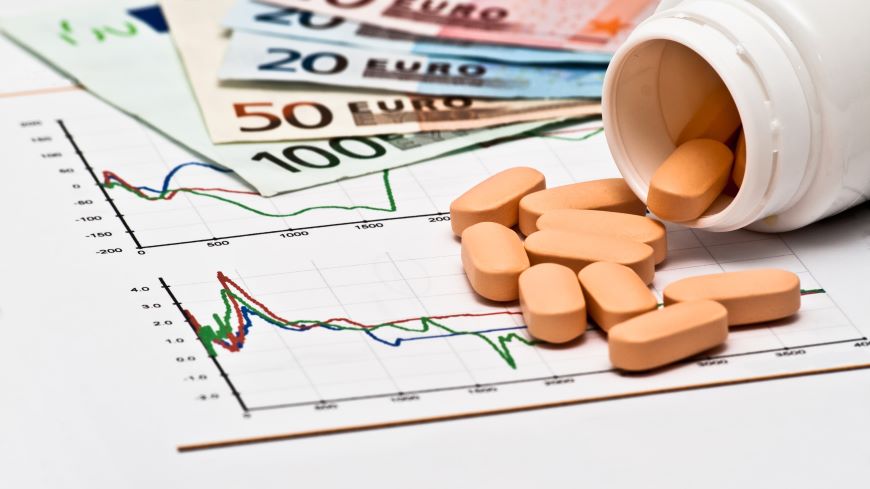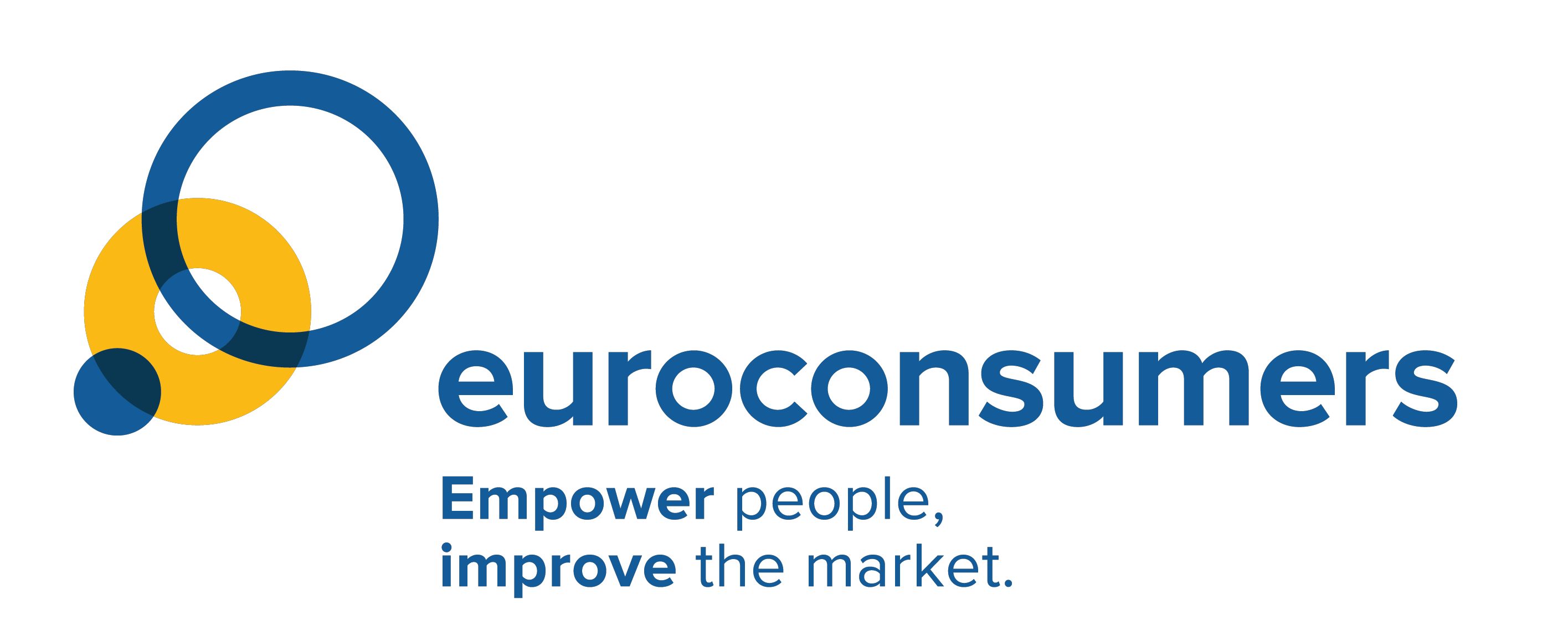This website uses cookies so that we can provide you with the best user experience possible. Cookie information is stored in your browser and performs functions such as recognising you when you return to our website and helping our team to understand which sections of the website you find most interesting and useful.
Medicine pricing: what do consumers think?

New EU strategies and a soon to be proposed legislation on pharmaceuticals want to make a competitive system that can develop more affordable innovations in medicines particularly but not only for rare diseases and cancer treatments.
A huge proportion of public health spending goes to medicines. In Spain for example, around 30% is spent on drugs and health products which amounted to €23,674 million in 2019.
About a third of this pays for medicines administered in hospitals for the rarest or hardest to treat conditions. In recent years, the prices of some medicines have been surging, putting huge financial pressures on national health systems and potentially depriving patients of essential treatments.
Euroconsumers’ members have been tackling the high drug prices and the excessive profits made by pharmaceutical companies for some time. Last year, Altroconsumo’s complaint against Leadiant was upheld by Italy’s Competition Authority who slapped a €3.5million fine on the company for abusing its dominant position in the pharmaceutical market. This was followed by a whopping 10.25 million euro fine from the Spanish Competition Authority, after a complaint by OCU.
We have also meticulously traced the journey of new drug development to unpick exactly why the costs to patients and national health systems is so high. This means navigating an opaque and often perplexing system, heavily guarded by the pharmaceutical industry, to uncover how R&D is financed and exactly how price negotiations take place.
Medicine pricing: what do consumers want to see change?
The latest activity of our Spanish and Italian members OCU and Altroconsumo has been to find out what consumers think about the high costs and complex process of new medicine development.
Through a research project led and funded by BEUC, the European Consumer Organisation (of which OCU and Altroconsumo are also members) consumer focus groups were held in Spain and Italy to get a snapshot of consumer views on the way pharmaceutical research is funded, how public money contributes and the way prices are set.
The full report published by BEUC builds on previous work the organisation has done on affordable medicines and pharmaceutical policy.
What main consumer attitudes did the research uncover?
- Consumers feel the high drug prices and excessive profits by pharmaceutical companies are unjustified. The companies make something essential that people and society need and so they should act fairly.
- Consumer understanding of the complex mix of private and public funding for drug R&D is low – but once they knew how much their taxes were contributing to it they wanted a much greater return on investment.
- Consumers think that industry holds all the cards in price negotiations as they have full sight of all the information and governments do not. They would like to see much more transparency here. Knowing the true R&D costs would balance the negotiation between industry and authorities.
The hidden steps that lead to high medicine prices
The focus group showed that understandably few consumers are aware of how exactly drugs are developed and how the final price is set. A recent piece by OCU (link in Spanish) has mapped out how it works in Spain, showing where crucial information that could make negotiating cheaper prices easier for countries gets hidden along the way:
Step one: From investigation to authorisation
The initial phase of research is often carried out in institutions supported by public funds. However, when companies get authorisation to market the medicine in the EU and enter into price negotiations with governments, they do not share how much public investment was involved. This is information that would be very important for negotiating the final price of the drug.
- This means that in many cases citizens are paying, via taxes, twice for the same drug: when we pay for its research and when it is marketed.
Step two: From authorisation to commercialisation
Once marketing authorisation is granted, it is down to the pharmaceutical company to decide in which EU countries it wants to market the medicine in and in what order. This decision is made in the commercial interests of the company, not on the grounds of public health interests.
- This leads to smaller countries with less spending power like Croatia, Malta or Cyprus being overlooked or left to wait for vital medicines.
If the drug is eligible for public funding, then the company will open separate negotiations with health authorities in each country for the price at which they will sell the drug.
Step three: From marketing to funding
In Spain, a Commission made up of multiple ministries and regional representatives decides on whether the new medicine is eligible for public funding and at what price. They consider the company’s offer and set a public, maximum selling price for the medicine.
- In 2021,13 drugs for cancer or rare diseases were made eligible for public financing. They ranged in price from 1.9 million euros for Zolgensma, used to treat a devastating rare disease in young children, to 19,640 euros per year for Tysabri to treat multiple sclerosis.
Step four: From financing to the secret price
In reality, the published maximum selling price for the medicine is not the price that a national health service actually pays as the companies negotiate discounts with the authorities.
A discount might seem like a good thing, but in exchange for the cut in price, the companies impose strict confidentiality agreements that demand the discounted price is kept secret.
This makes it impossible to know the amount and value of discounts given to other countries, putting each national health authority at a disadvantage in negotiations. In the current system the only people who really know the true price each country pays is the laboratory that markets it.
- This creates a situation where the Spanish health system funded by Spanish tax payers could be paying more for the exact same treatment than their neighbours in Italy.
What next for medicine pricing?
With so many unknowns and so little transparency, it is not surprising that consumers are unaware of how prices are set, and it’s not surprising they are unhappy when they find out.
Consumers, (many of whose taxes will be contributing to drug development) are not comfortable that companies can make such huge profits from essential medicines. BEUC’s research identified several recommendations for change, including some around pricing and transparency.
One critical next step for the implementation of the EU Pharmaceutical strategy and the upcoming revision of the general pharma legislation is to quickly develop ways to set medicine prices more fairly. In particular:
- National governments and the EU should require companies to submit data on R&D costs in pricing and reimbursement
- National governments should publish user-friendly information on their decisions on medicine pricing and reimbursement
To maximise public investments and keep prices at a proportionate and fair level, the EU can also:
- Facilitate joint purchasing of medicines, as was done during the Covid-19 pandemic.
- Attach conditions to funding disbursed from the EU’s Horizon Europe research programme to make sure medicines developed with public funding are affordable.
Euroconsumers and BEUC will continue to raise public awareness of the impact of pharmaceutical companies’ behaviour not just on patients but on national health systems across the continent.
This latest research shows how strongly consumers feel about the right to access affordable medicines at the right price and the right time. New legislation must do more to set the industry right and make sure pricing is open, fair and affordable for all.
About the research
Altroconsumo and OCU helped to run consumer focus groups as part of the research on behalf of BEUC. The BEUC research and report was fully funded by, and remains the property of BEUC. The full report can be found here: What consumers think of medicine prices today: Results from focus groups carried out in Italy, the Netherlands and Spain. For more information on the research, please contact health@beuc.eu


